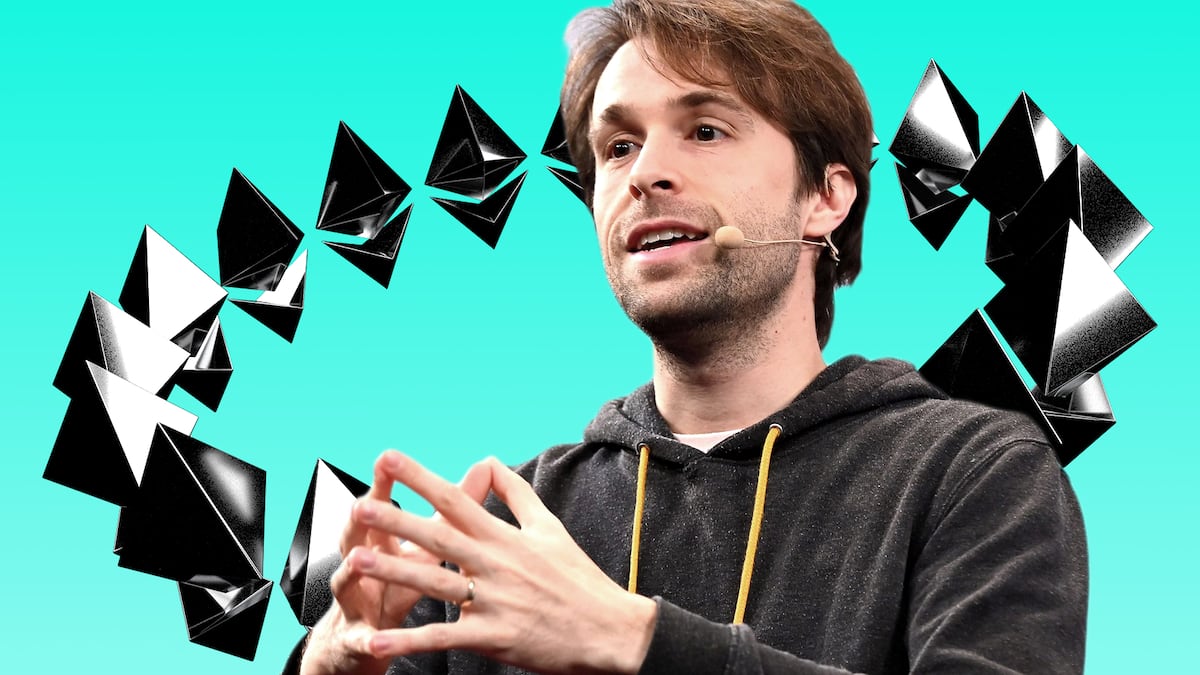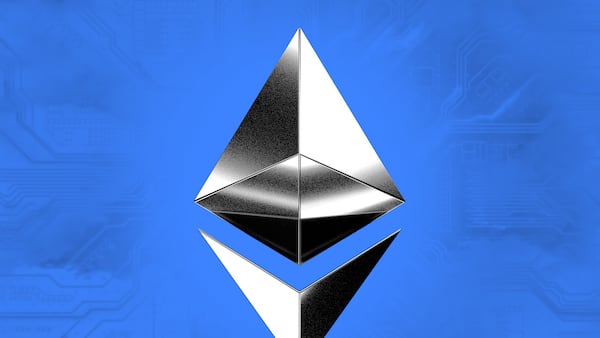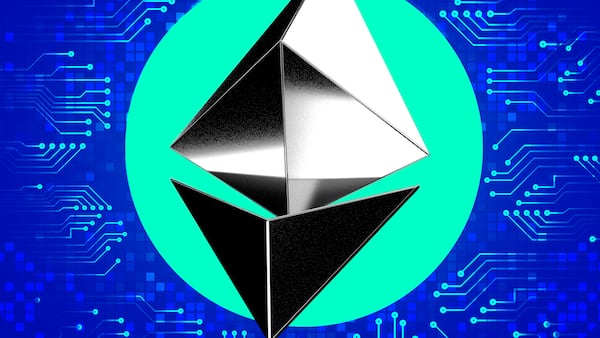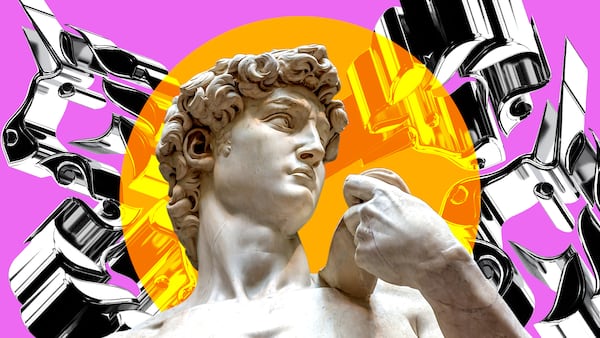- Ethereum should slash issuance, according to researcher Justin Drake.
- The blockchain needs to live up to its deflationary promise.
The supply of Ether, the native cryptocurrency of the Ethereum blockchain, has held steady since the Merge.
That 2022 upgrade was considered so momentous, Ethereum communities around the world gathered for watch parties to celebrate.
In the fiat-hating crypto industry, that isn’t good enough.
Ether has failed to live up to its status as “ultrasound money,” Ethereum Foundation researcher Justin Drake said Wednesday in a lengthy post on X. Its supply was supposed to drop, its value was supposed to rise.
Instead, Ethereum’s token has hovered around $3,000 over the past year even as other cryptocurrencies soared, prompting soul-searching among proponents.
To fix the problem and rescue Ethereum from its quagmire, Drake — one of the most prominent voices in the Ethereum ecosystem — threw his support behind a push to limit staking, the key feature introduced with the Merge.
The change is intended to make Ether deflationary again — to protect its investors from the dilution that slowly eats at the token’s value.
Ethereum developers should upgrade the blockchain so that it stops issuing new Ether once half of the Ether already in circulation has been staked, Drake said.
“Unfortunately, like Bitcoin’s issuance, Ethereum’s issuance was misdesigned,” Drake wrote. “There’s rough consensus [that] the current curve is broken and needs to change.”
Ultrasound money
Before the Merge, Ethereum was like Bitcoin: It relied on power-hungry computers for its security through a mechanism called proof-of-work.
After the upgrade, it relied on a new system called proof-of-stake.
Users could lock up, or stake, their Ether to secure the network. In exchange, stakers receive a modest annual yield.
The Merge changed Ethereum’s so-called monetary policy, slashing the amount of newly issued Ether. Because the blockchain permanently destroys the Ether used to pay transaction fees, the cryptocurrency was expected to become deflationary.
If Bitcoin, with its finite supply, was “digital gold,” the post-Merge Ether would be even better, according to proponents.
It would become “ultra-sound” money, they said. Many added bat emoji to their usernames on X, a play on bats’ ability to navigate in the dark using ultrasound signals.
For a while, Ether was indeed deflationary. At the time of the Merge in September 2022, there were 120.5 million Ether tokens in circulation. By April 2024, there were 120 million in circulation.
But its supply has crept back up. As of Wednesday, there were more Ether tokens in circulation than existed at the time of the Merge.
At the same time, Ether’s token has disappointed investors.
Bitcoin and Solana have more than doubled in price in the past year, Dogecoin has tripled, and XRP has risen five-fold.
Meanwhile, Ethereum has posted a meagre 22% price uptick.
The Ether/Bitcoin ratio, which tracks the price of Ethereum against Bitcoin, is at its lowest level in four years, according to price tracker CoinGecko.
Drake’s solution
“ETH supply currently grows 0.5%/year,” Drake said on X. “To become ultra sound again, either issuance has to decrease or the burn has to increase.”
Both should happen, he said. First, he proposed an issuance curve in the shape of a croissant.
When a quarter of all Ether is staked, the amount of newly issued Ether should peak at 1% of total supply. As more Ether is staked, newly issued Ether declines, eventually hitting zero once half of all Ether is staked.
“To me a 50% staking soft cap feels credibly neutral and pragmatic,” Drake wrote.
At the same time, Ethereum should continue to reduce transaction fees, Drake said.
Reduced fees would mean less Ether is destroyed in each transaction, but that reduced “burn” would be more than offset by new users who had previously avoided the blockchain due to its notoriously high fees.
“It’s much more lucrative to have 10M [transactions per second] with each transaction paying $0.001,” he said, “than it is to have 100 TPS at $100/tx.”
Liquid staking
It isn’t the first time Ethereum Foundation researchers argued for reducing staking.
Last year, a pair of researchers at the foundation proposed a modest decrease in the amount of newly issued Ether in order to limit the rise of liquid staking protocols like Lido.
For years, researchers have warned that liquid staking protocols, which stake Ether on users’ behalf, could gain control of most of the Ether in circulation and, in turn, exert undue influence over the blockchain.
Critics countered that it would have the opposite effect.
By reducing the yield on staking, only the largest and most sophisticated operators would find it worth the trouble. Fewer independent stakers would make Ethereum less decentralised, critics said.
Drake’s proposal also received some pushback, but for an entirely different reason.
“The Bitcoin blockchain is cooked,” he wrote as part of an extended introduction explaining Ethereum’s long-term advantage.
Ethereum has a way to reward the people who provide its security well into the future, according to Drake. Bitcoin does not.
Several people found the Bitcoin criticism in bad taste, including star Ethereum developer Eric Conner.
Frustrated with Ethereum Foundation leadership, Conner recently said he will stop championing the blockchain he had helped build.
“Doesn’t really seem like the best time to poke at BTC after getting smoked on the playing field for the past four years,” Conner told Drake.
Aleks Gilbert is DL News’ New York-based DeFi correspondent. You can contact him at aleks@dlnews.com.
Correction, February 25: A previous version of this story misstated an Ethereum developer’s name. It is Eric Conner.







